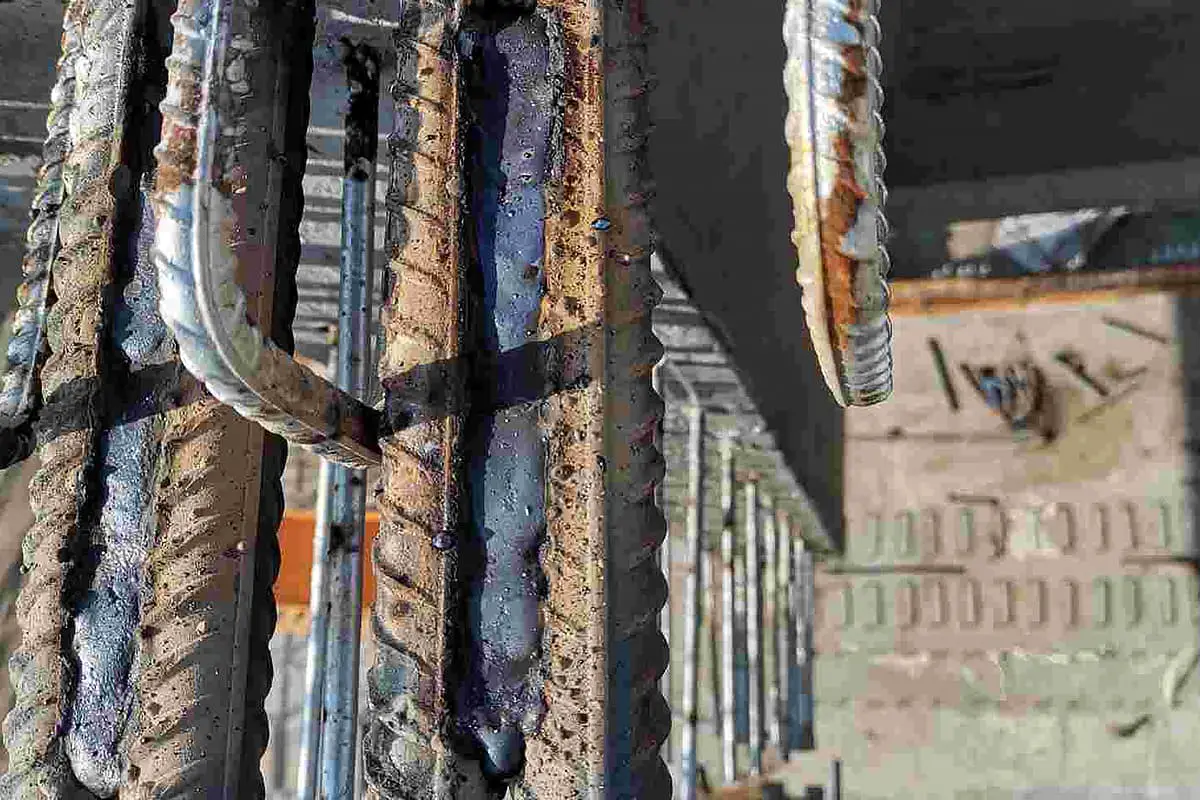Preventing Weld Undercut Made Easy: Trick Techniques Introduced
A Comprehensive Overview to Identifying, Averting, and Mending Undercut Welding Issues in Your Welding Jobs
In the realm of welding, encountering undercut issues is an usual obstacle that can jeopardize the structural integrity and overall top quality of your welding jobs. Comprehending the source behind undercut welding, having the ability to precisely spot it in your welds, and implementing reliable preventative steps are vital skills for any kind of welder. Furthermore, having the expertise and methods to correct undercut problems when they do happen can make a considerable distinction in the final end result of your welding ventures. Stay tuned as we check out the vital components of identifying, protecting against, and taking care of undercut welding problems, giving you with important understandings and techniques to boost your welding skills to the following degree.
Usual Root Causes Of Undercut Welding
Undercut welding, a common issue in welding processes, can be caused by various factors that need to be carefully identified and addressed to ensure the integrity of the weld joint. One of the primary reasons of undercut welding is too much warmth input.
An additional typical reason of undercut welding is incorrect welding technique. Identifying these root triggers and applying corrective actions is important in stopping and correcting undercut welding issues in welding tasks.
Identifying Undercut in Welds
To determine undercut precisely, appropriate illumination and zoom tools are necessary to evaluate the weld joint thoroughly. Making use of devices such as a welding scale or a magnifying glass can aid in identifying also the tiniest undercut flaws. Furthermore, running a finger or a fingernail along the weld joint can in some cases reveal undercut, as the surface might really feel unequal or have a dip where the undercut exists.
Safety Nets for Undercut
Having a deep understanding of the causes of undercut in welds allows for the application of effective precautionary measures to preserve weld top quality and stability. These setups ought to be maximized to avoid too much heat input, which can lead to damage development.

Methods for Fixing Undercut

Enhancing the welding existing or decreasing the traveling speed can assist load in the undercut. Furthermore, transforming the welding technique from a press to a drag or vice versa can also help minimize undercut.
Another strategy is to make use of a weaving motion while welding to make sure proper sidewall combination and fill in the undercut. By oscillating the welding arc back and forth within the weld joint, the welder can deposit much more filler product right into the undercut areas, successfully removing the problem.
In addition, grinding out the undercut and rewelding the joint can be a practical option for more serious undercut problems - Preventing weld undercut. This procedure involves removing the undercut section, preparing the base steel, and after that rewelding the joint with proper welding criteria and techniques to stop undercut from returning

Expert Tips for Avoiding Undercut
Making use of proper welding methods and keeping control over essential welding specifications are crucial techniques for welders intending to prevent undercut in their weld joints. Furthermore, choosing the ideal welding process and filler metal for the certain application can aid prevent undercut. Maintaining a constant traveling rate throughout the welding process is an additional essential suggestion to stop undercut.
Verdict
In their website verdict, identifying, avoiding, and taking care of undercut welding troubles in your welding tasks is crucial for guaranteeing strong and long lasting welds. Preventing weld undercut. By understanding the common root causes of undercut, being able to determine it in welds, executing safety nets, and using appropriate methods for taking care of undercut, you can prevent prospective issues and produce top notch welds. Adhering to specialist ideas for preventing undercut can help you boost your welding abilities and generate much better cause Get More Info your projects
Undercut welding, a common concern in welding procedures, can be triggered by different factors that need to be meticulously recognized and dealt with to guarantee the integrity of the weld joint. In addition, running a finger or a finger nail along the weld joint can often expose undercut, as the surface about his might feel uneven or have a dip where the undercut exists.
Making use of appropriate welding methods and maintaining control over vital welding specifications are essential strategies for welders intending to avoid undercut in their weld joints.In conclusion, recognizing, avoiding, and fixing undercut welding troubles in your welding projects is critical for making sure strong and sturdy welds. By comprehending the common reasons of undercut, being able to identify it in welds, carrying out preventive procedures, and utilizing appropriate techniques for taking care of undercut, you can avoid prospective issues and produce high-quality welds.